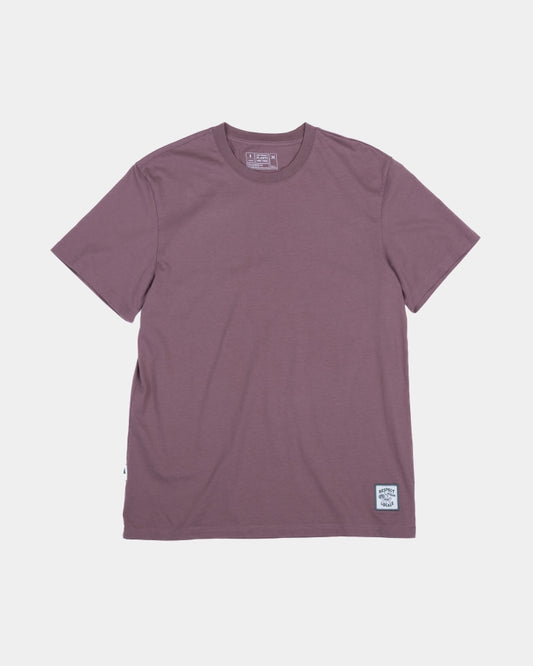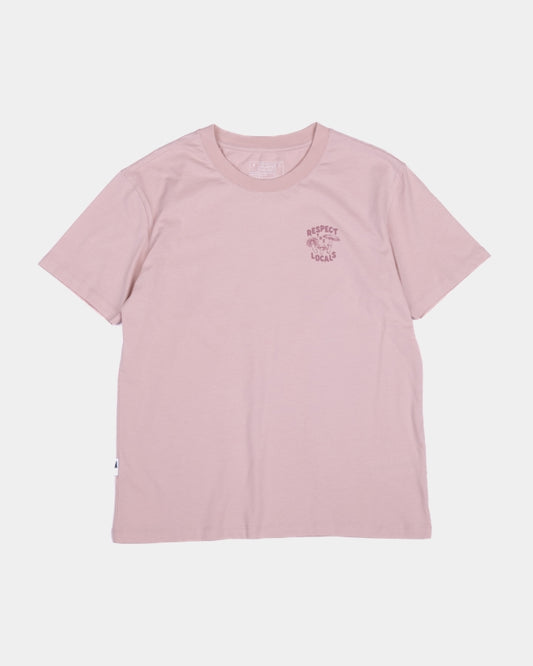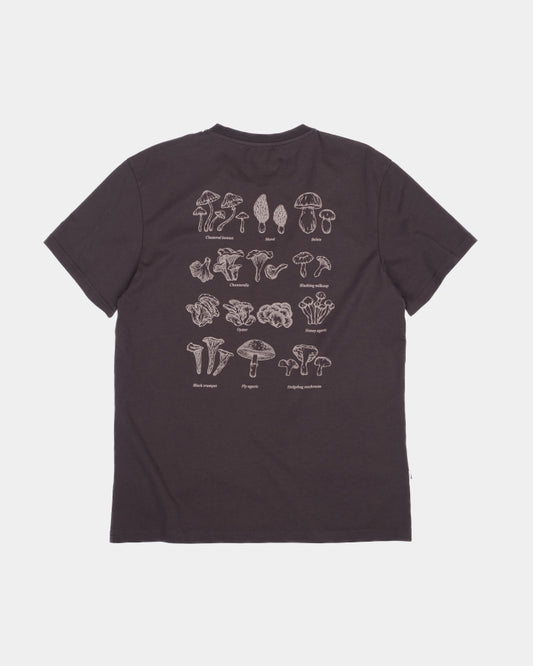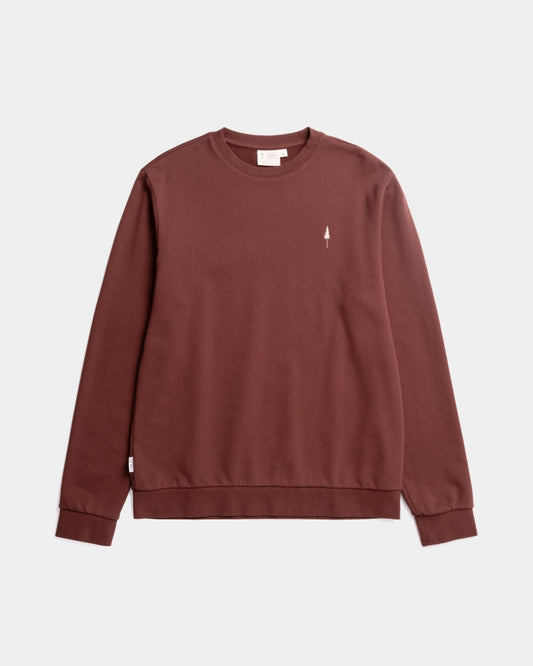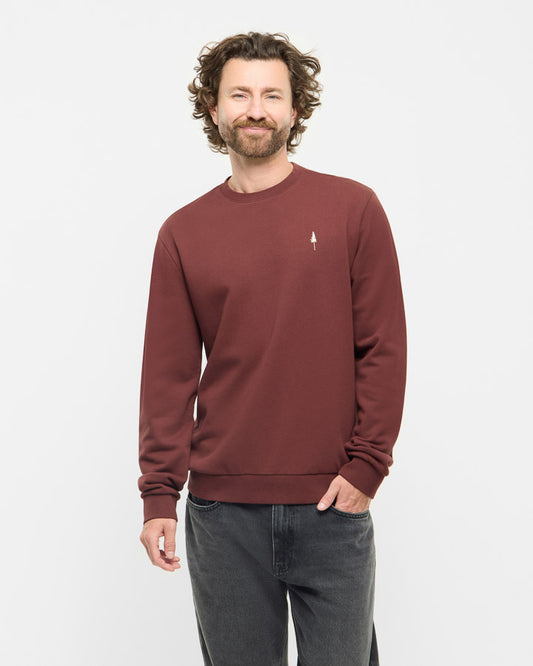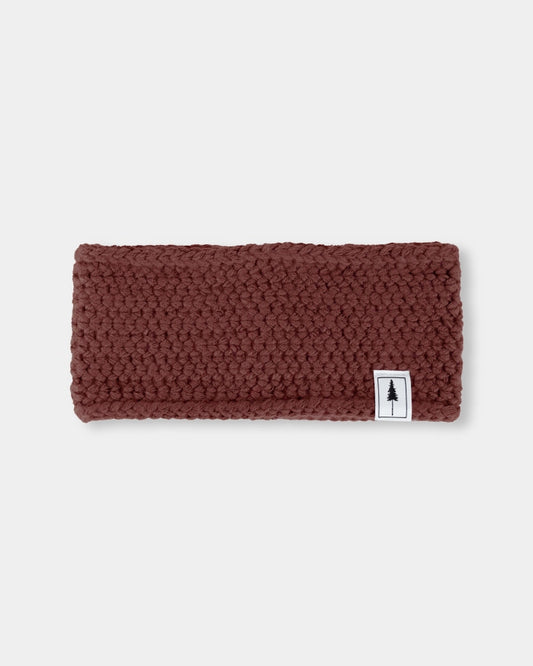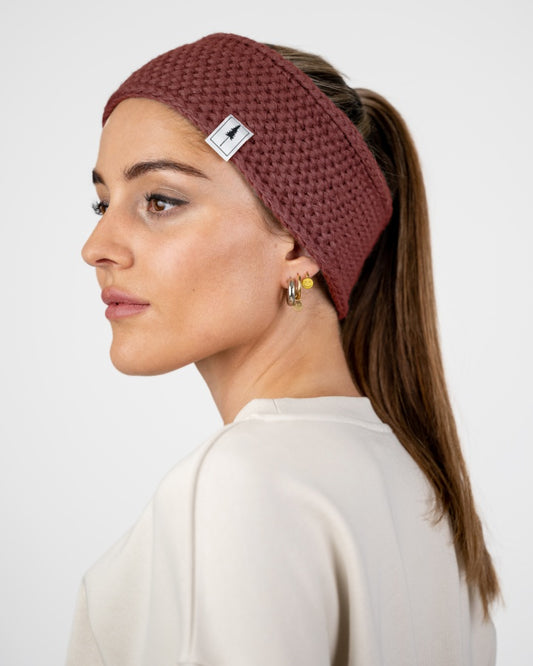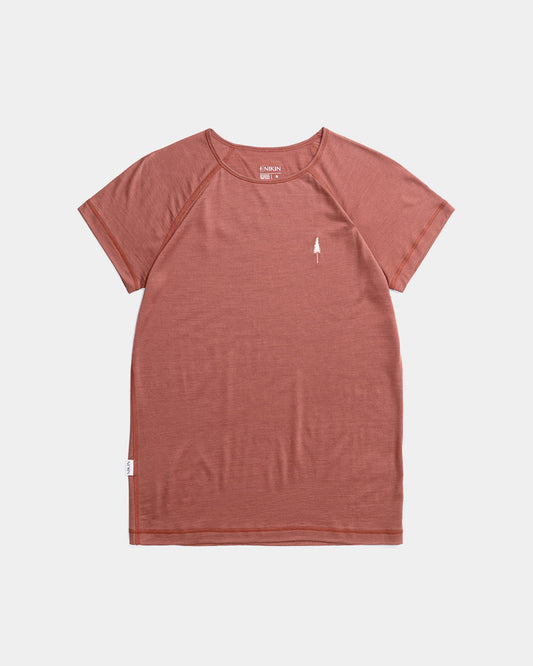NIKIN bikinis are made from ECONYL® fiber. The sustainable material for our swimwear is a recycled polyamide and comes from nylon waste that would otherwise pollute the earth. In this interview, we learn more about the history of the yarn and the Aquafil company behind it.
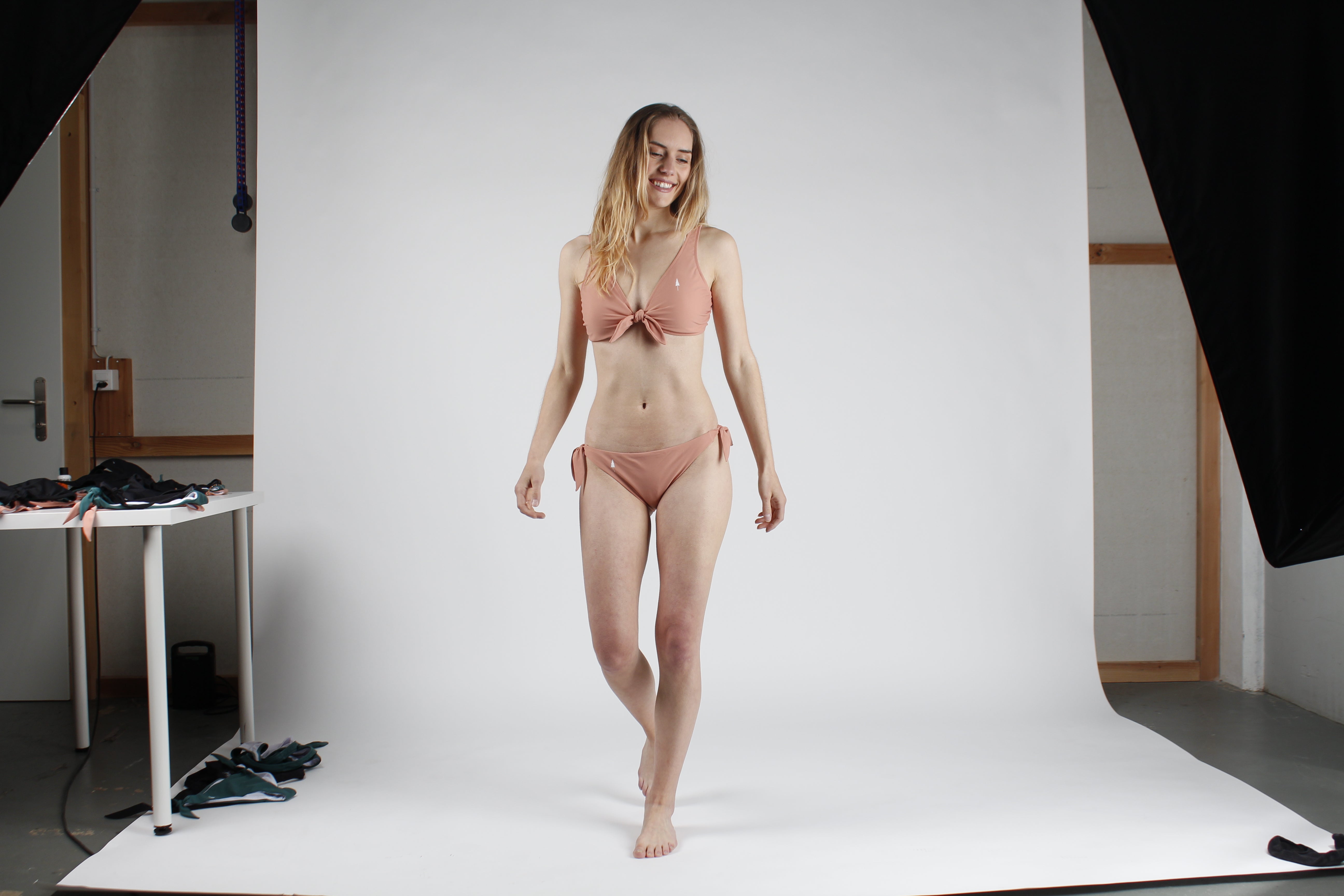
NIKIN bikinis are made from ECONYL® fibre. The sustainable material for our swimwear is a recycled polyamide and comes from nylon waste that would otherwise pollute the earth. In this interview you can learn more about the history of the yarn and the Aquafil company behind it.
NIKIN: Giulio Bonazzi, President of Aquafil, says: "When I see a landfill, I see a gold mine." Why?
Aquafil: Because waste is a valuable raw material for us!
NIKIN: Since you reused it for the ECONYL® regenerated nylon?
Aquafil: Exactly. ECONYL® nylon has the same quality as conventional nylon made from petroleum, but is made from waste such as fishing nets, old carpets or fabric scraps. We produce the material in Ljubljana, Slovenia.

NIKIN: What is the intention behind producing a new recycled ingredient like the ECONYL® fibre?
Aquafil: The ECONYL® yarn is part of a larger transformation process of our business model from a linear to a circular approach. We no longer want to be part of the process of "buy raw materials, use them and throw them away".
NIKIN: It's about sustainable intentions?
Aquafil: Yes. We also believe that this is the only way to grow and keep up with the challenges of a rapidly changing market.

NIKIN: What are the criteria for a fashion brand that wants to use ECONYL® regenerated nylon?
Aquafil: Sustainability. There are more and more companies like this. Currently 2000 fashion brands and 60 carpet manufacturers use the material.
Aquafil: For any brand, small or large, seeking and using sustainable materials should be a priority. Items should also be designed for durability and recycling. The future of the fashion industry is the renewal of the old.







